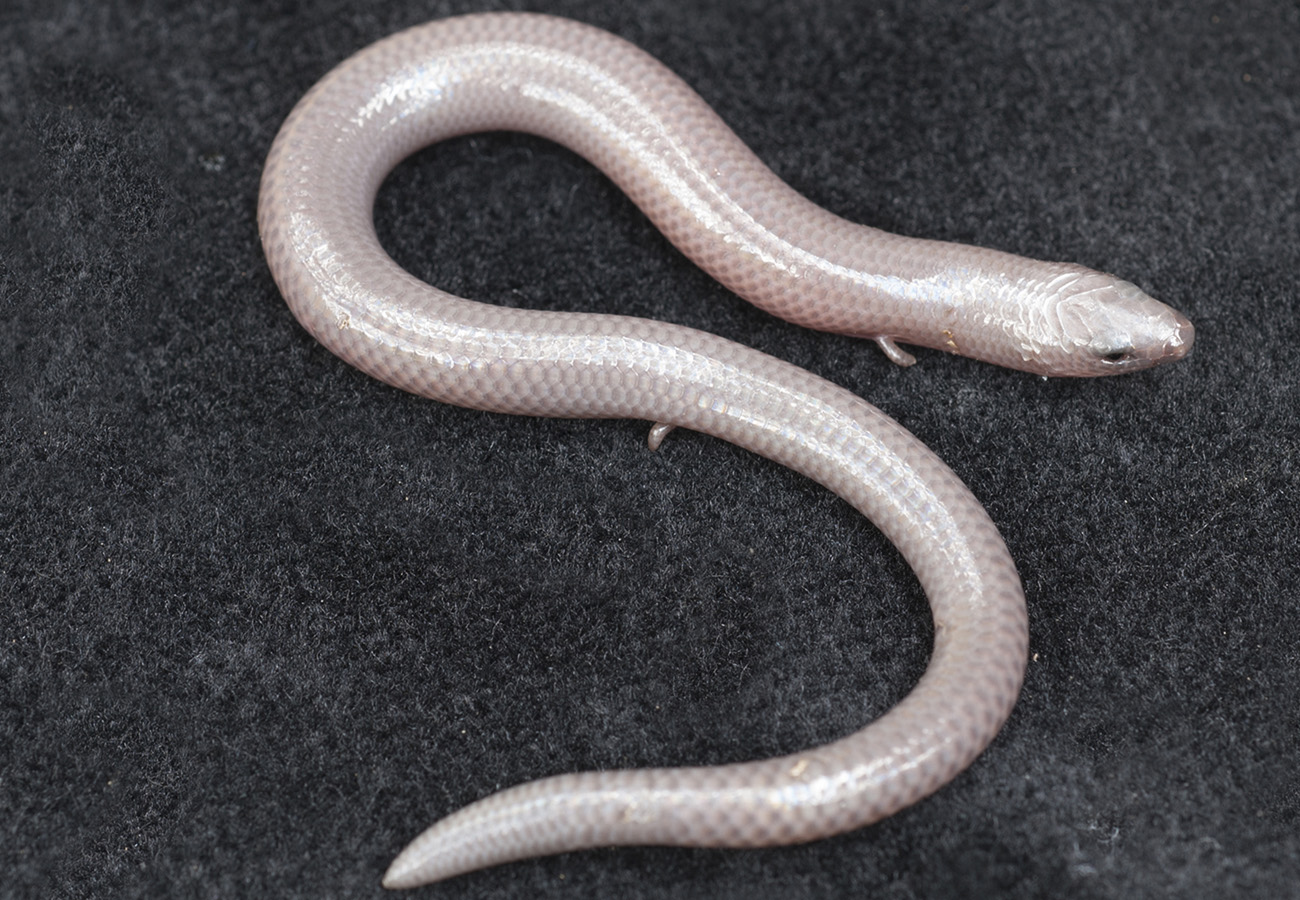Abstract
Application of Numeric Morphology-Based Alpha-Taxonomy (NUMOBAT) demonstrated the existence of three cryptic species within the Westpalaearctic Lasius paralienus species complex: L. paralienus Seifert, 1992, having a wider European distribution north to Sweden, L. casevitzi sp. nov., an endemic of Corsica, and Lasius bombycina sp. nov. from southeast Central Europe, the Balkans and Asia Minor. Hierarchical NC-Ward clustering and non-hierarchical NC-k-means clustering of 16 morphological characters resulted in 98.7% identical classifications within 76 examined nest samples of the three species. The classification error in 180 worker individuals was 0% in a linear discriminant analysis (LDA) and 1.3% in a LOOCV-LDA. Differential characters to other species groups and an identification key of the six European members of the Lasius alienus Förster species group are provided.
References
Andrasfalvy, A. (1961) Mitteilungen über Daten des Hochzeitsfluges verschiedener Ameisenarten in Ungarn und Ergebnisse von Versuchen der Koloniegründung im Formicar bei diesen Arten. Insectes Sociaux, 8 (4), 299–310.
http://dx.doi.org/10.1007/BF02226553Janda, M., Folková, D. & Zrzavý, J. (2004) Phylogeny of Lasius ants based on mitochondrial DNA and morphology, and the evolution of social parasitism in the Lasiini (Hymenoptera: Formicidae). Molecular Phylogenetics and Evolution, 33, 595–614.
http://dx.doi.org/10.1016/j.ympev.2004.07.012Lachenbruch, P. & Mickey, M. (1968) Estimation of error rates in discriminant analysis. Technometrics, 10, 1–11.
http://dx.doi.org/10.1080/00401706.1968.10490530Lesaffre, E., Willems, J.L. & Albert, A. (1989) Estimation of error rate in multiple group logistic discrimination. The approximate leaving-one-out method. Communication in Statistics Theory and Methods, 18, 2989–3007.
http://dx.doi.org/10.1080/03610928908830072Maruyama, M., Steiner, F., Stauffer, C., Akino, T., Crozier, R.H. & Schlick-Steiner, B.C. (2008) A DNA and morphology based phylogenetic framework of the ant genus Lasius with hypotheses for the evolution of social parasitism and fungiculture. BioMed Central Evolutionary Biology, 8, 237.
http://dx.doi.org/10.1186/1471-2148-8-237R Development Core Team (2012) R: a language and environment for statistical computing. – R Foundation for Statistical Computing, Vienna, Austria. Available from: http://www.R-project.org/ (accessed 31 December 2012)
Seifert, B. (1992) A taxonomic revision of the Palaearctic members of the ant subgenus Lasius s.str. (Hymenoptera: Formicidae). Abhandlungen und Berichte des Naturkundemuseums Görlitz, 66 (5), 1–67.
Seifert, B. (2008) Removal of allometric variance improves species separation in multi-character discriminant functions when species are strongly allometric and exposes diagnostic characters. Myrmecological News, 11, 91–105.
Seifert, B. (2009) Cryptic species in ants (Hymenoptera:Formicidae) revisited: we need a change in the alpha-taxonomic approach. Myrmecological News, 12, 149–166.
Seifert, B. (2014) A pragmatic species concept applicable to all eukaryotic organisms independent from their mode of reproduction or evolutionary history. Soil Organisms, 86, 85–93.
Seifert, B. & Csösz, S. (2015) Temnothorax crasecundus sp. n. – a cryptic Eurocaucasian ant species (Hymenoptera, Formicidae) discovered by Nest Centroid Clustering. Zookeys, 479, 37–64.
http://dx.doi.org/10.3897/zookeys.479.8510Seifert, B., Ritz, M. & Csösz, S. (2013) Application of Exploratory Data Analyses opens a new perspective in morphology-based alpha-taxonomy of eusocial organisms. Myrmecological News, 19, 1–15.
Wilson, E.O. (1955) A monographic revison of the ant genus Lasius. Bulletin of the Museum of Comparative Zoology at Harvard College, 113, 1–201.

